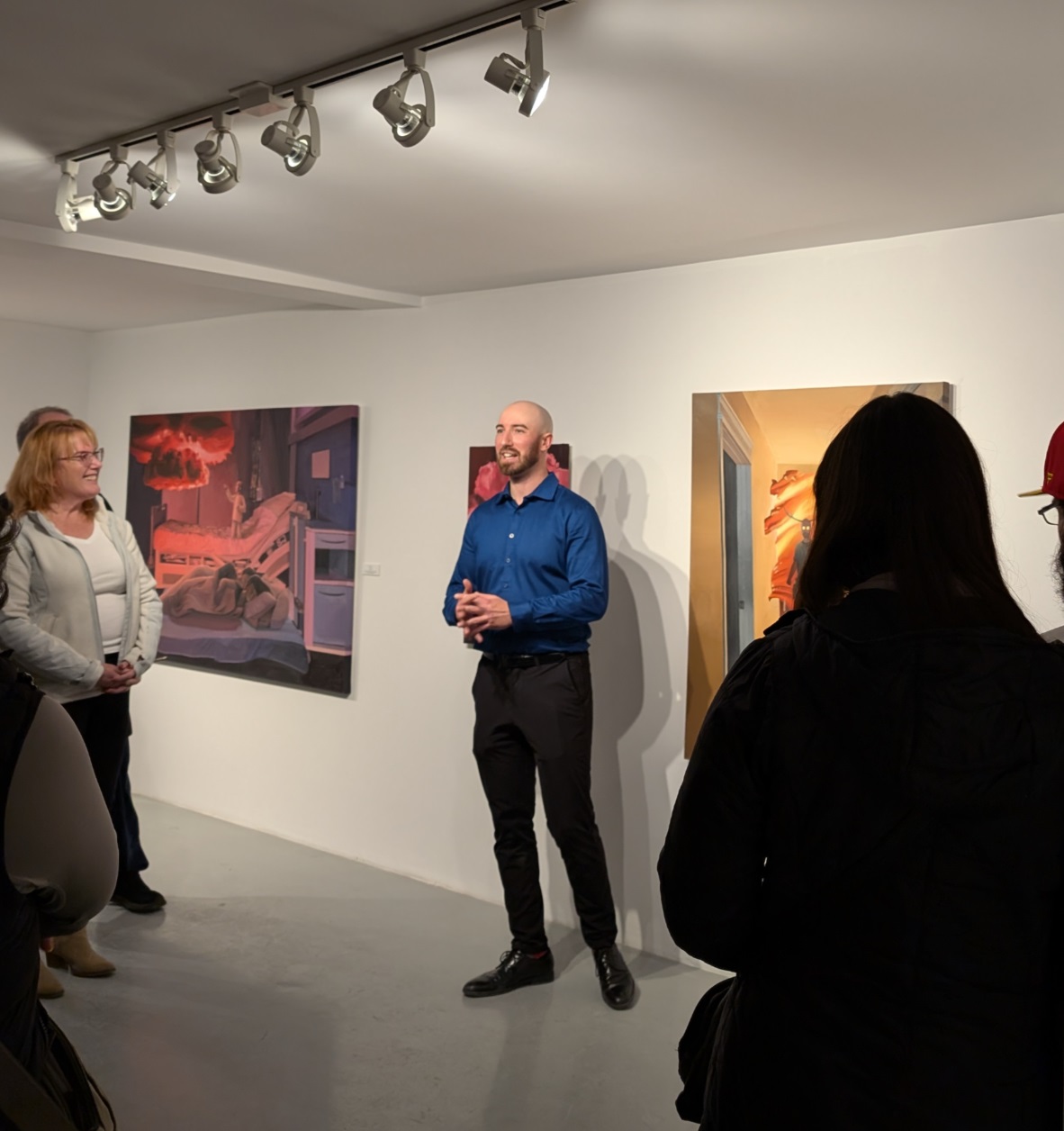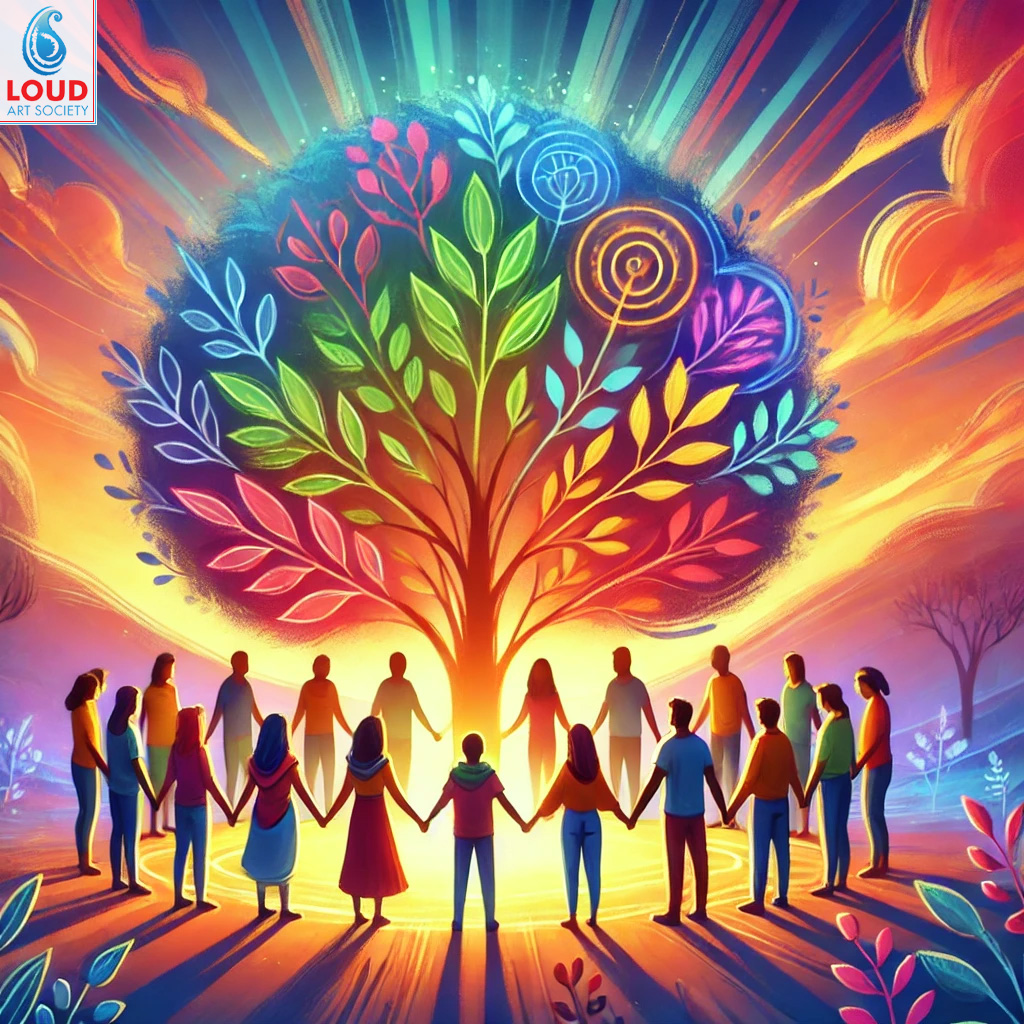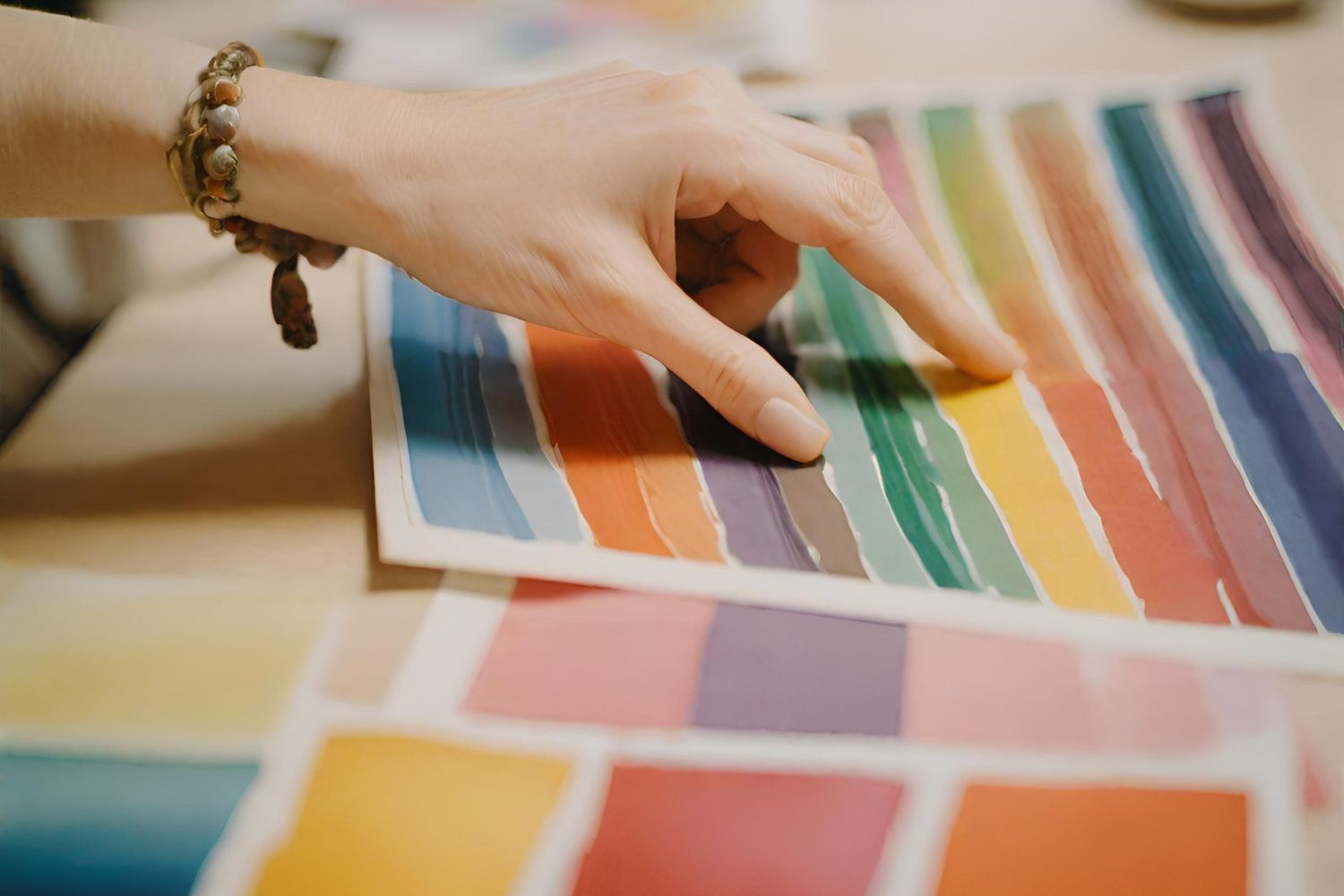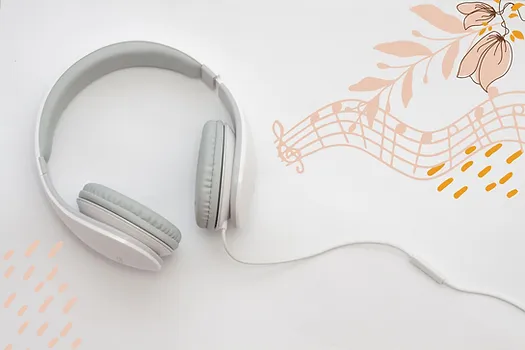Few people may recognize how closely connected art and medicine are. The brain is the center of operation for our body, and music activates more regions of our brain than nearly any other human activity. For example, the basal ganglion coordinates movement, and the hippocampus functions in memory and emotions. Diseases such as Parkinson’s and Alzheimer’s target these regions, causing movement disorders and memory loss. The question is, can music help?
Holzmueller (2022) found that neuroimaging shows “music is strongly connected to reward systems in our brain. This musical pathway to pleasure/emotion may help understand and temper the emotional and physical responses linked to addiction.” (p. 280). Whether someone is listening, singing, dancing, or playing an instrument, music continues to have positive effects. For hospitalized patients undergoing surgery or painful procedures, studies show that music reduces pain scores, pain medication intake, anxiety, blood pressure, heart rate, relaxation, and mood. Group singing lessons, which enhance voice volume, clarity, and quality of life, serve as an illustration of this. For patients with Parkinson’s disease, participation in West African drum circle lessons has greatly improved these traits, as well as mobility. When it comes to walking, the application of rhythmic signals helps decrease gait issues, including the freezing of movement that is frequently observed with Parkinson’s disease. The Center for Music & Medicine and the ParkinSonics program are two organizations that contribute to this cause, offering free drumming lessons and community-based singing groups.
Apart from movement, Holzmueller (2022) states that music also benefits people with dementia. It helps reduce disruptive behavior and depressive symptoms and improves some cognitive functions. However, when all music-related activities cease, the progress brought about by music-based interventions may regress. This result is comparable to taking medication for a chronic disease. The advantage of music, according to the report, is that it is often “less expensive with minimal or no negative effects.” Music unites us in ways that trigger happy memories and foster a sense of community. The idea of using music to enhance mental health is not new, but neuroimaging studies now enable neurologists and researchers to visualize and quantify these effects. As the article concludes, “Sometimes taking a pill is not the best medicine.”
How Music Affects Cognitive Skills and Mental Health in Children
Akombo (2022) highlights that music has played an essential role in schools for almost two centuries. In France, music education was introduced in public schools, and the National Academy of Music was established in Paris to cultivate uplifting feelings, reduce animosity, and promote health through harmony. Music therapy as a discipline emerged in the mid-20th century, serving both social-educational and psychological regulation purposes. Researchers found that music played a key role in calming restless students and stimulating apathetic ones through mood and behavior regulation. Hospitals also provided music lessons to patients, allowing them to organize musical events as part of therapy.
Music has long been used to produce therapeutic physiological and psychological results. Scientists have proposed theories about the connection between music and pain or anxiety relief. Akombo (2022) found that anxiety in children has become a national concern, often leading to physical symptoms like headaches. Music plays a vital role in reducing anxiety levels among students. Giles (1990) states, “It is this group that is most prevalent in the classroom, and it is this group that could be helped by music” (p. 141). Music teachers can incorporate healing aspects of music into the classroom, helping students manage stress. Sample research results suggest that music positively impacts children’s overall wellness. Creative teaching strategies, such as playing songs like “Twinkle, Twinkle Little Star” while encouraging students to clap, stomp, and create beats, foster cognitive development and aesthetic appreciation.
Listening to music with repetitive rhythms for at least ten seconds can lead to a decrease in blood pressure and heart rate. For example, the Native American Lullaby is traditionally used to calm children to sleep. Music programs like choir, band, and orchestra can help reduce stress-related issues such as teenage suicide, delinquency, and school violence. These problems often stem from anxiety, and music has been shown to support children’s emotional, physical, and spiritual well-being.
The Effect of Art and Music on Stress and Anxiety Levels in Adolescents
Aggarwal (2021) discusses how music and art therapy have long been believed to have significant healing effects on the human psyche. With the growth of art education programs and modern psychology, art therapy has become an established discipline. Organizations like the American Music Therapy Association (AMTA) promote music therapy as a tool for stress management, pain relief, cognitive enhancement, communication improvement, and physical rehabilitation. By engaging in music and art, students gain a deeper understanding of their trauma and build resilience (Payne, Doty et al., 2018, as cited in Aggarwal, 2021).
Adolescence is a time of heightened stress and anxiety, making teens particularly susceptible to mental health issues. Bethune (2014) found that teen stress rivals that of adults, with 31% feeling overwhelmed, 36% fatigued, and 30% experiencing sadness, yet only 42% taking action to manage stress. Music releases dopamine, similar to scents like lavender and chamomile (Payne, Doty et al., 2018, as cited in Aggarwal, 2021). Research from McGill University (Salimpoor & Zatorre, 2011) indicates that music increases dopamine production, improving mood and reducing stress.
Teens also use art to express emotions, making it a valuable tool for managing depression, anxiety, PTSD, and stress-related physiological symptoms like high blood pressure. Art and music therapy have been linked to better emotional regulation and overall well-being (Schrader, 2011; Spruit & van Hooren, 2019, as cited in Aggarwal, 2021).
Music Listening and Emotion Regulation: Young People’s Perspectives
Garrido, Du Toit et al. (2022) examined how young people use music to regulate emotions and how different factors influence its effectiveness. Emotion regulation refers to cognitive processes that help manage emotions and expressions (Gross, 1998, as cited in Garrido, Du Toit et al., 2022). Music is a crucial coping tool, particularly for anxiety and depression.
Findings indicate that many young people use “mood-matching” music to process sadness or depression. Lyrics that resonate emotionally can provide comfort and a sense of connection. Participants generally preferred sad music during distress rather than upbeat songs, as it helped them process emotions. Some used music deliberately to shift their mood and recall positive memories. Both the beat and lyrics of a song significantly influenced emotional well-being.
The research emphasizes the importance of selecting music that aligns with emotional needs, personal taste, and memory associations. Encouraging young people to be mindful of the emotional effects of their music choices can improve their mental health.
References
- Holzmueller, C. (2021). Music Is Often a Better Medicine. Quality Management in Health Care, 30 (4), 280-282. Read here.
- Akombo, D. O. (2022). How Music Affects Cognitive Skills and Mental Health in Children. CIVAE. Read here.
- Aggarwal, S. (2021). The Effect of Art and Music on Stress and Anxiety Levels in Adolescents. International Journal of Social Sciences. Read here.
- Garrido, S., Du Toit, M., & Meade, T. (2022). Music Listening and Emotion Regulation. Read here.





